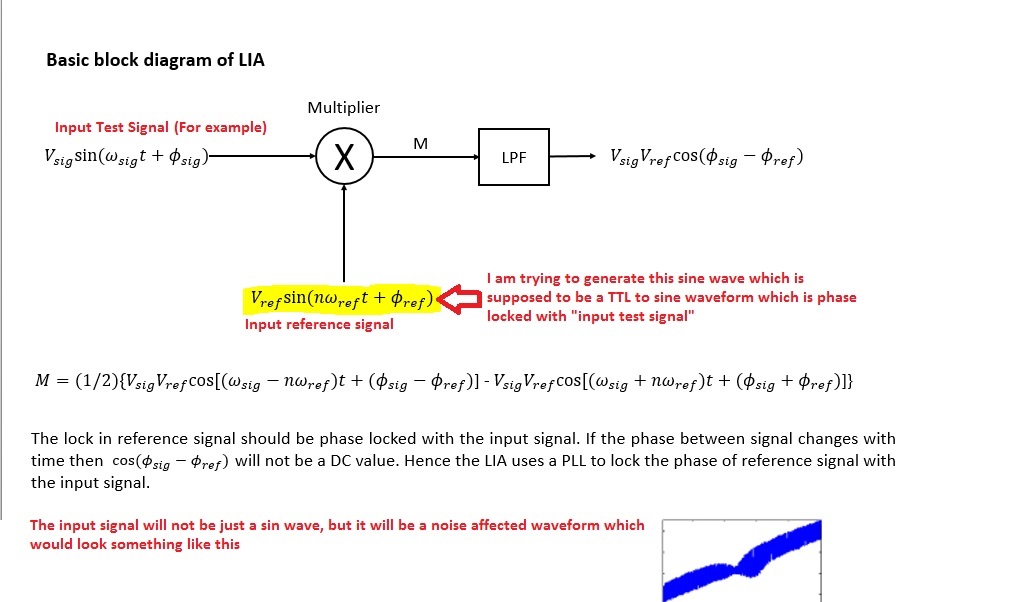Hi,
I am just trying to generate a simple sine wave using Tiva C series and Keil IDE, but failed. Actually I had got the code from the LAB9 of TM4C123G Launchpad Workshop. I had done slight modifications in the code in-order to add the variable to logic analyzer of Keil IDE. During the simulation, I can find that the simulation is stopping at
SysCtlClockSet(SYSCTL_SYSDIV_4 | SYSCTL_USE_PLL | SYSCTL_XTAL_16MHZ | SYSCTL_OSC_MAIN);
and showing the *** error 65: access violation at 0x400FE058 : no 'write' permission and cannot able to proceed the simulation as it is showing the no read and no write errors. Then I had changed the above line to
SysCtlClockSet(SYSCTL_SYSDIV_1 | SYSCTL_USE_OSC | SYSCTL_OSC_MAIN | SYSCTL_XTAL_16MHZ);
and this time also shows the same error that I had mentioned above and stops . But when I had pressed the run option again this executes normally. Need a solution for this and here is the code
#include <stdint.h>
#include <stdbool.h>
#include <math.h>
#include "inc/hw_memmap.h"
#include "inc/hw_types.h"
#include "driverlib/fpu.h"
#include "driverlib/sysctl.h"
#ifndef M_PI
#define M_PI 3.14159265358979323846
#endif
#define SERIES_LENGTH 100
float gSeriesData[SERIES_LENGTH];
int32_t i32DataCount = 0;
float fRadians;
unsigned char i;
int main(void)
{
FPULazyStackingEnable();
FPUEnable();
SysCtlClockSet(SYSCTL_SYSDIV_4 | SYSCTL_USE_PLL | SYSCTL_XTAL_16MHZ | SYSCTL_OSC_MAIN);
//SysCtlClockSet(SYSCTL_SYSDIV_1 | SYSCTL_USE_OSC | SYSCTL_OSC_MAIN | SYSCTL_XTAL_16MHZ);
fRadians = ((2 * M_PI) / SERIES_LENGTH);
while(i32DataCount < SERIES_LENGTH)
{
gSeriesData[i32DataCount] = sinf(fRadians * i32DataCount);
i32DataCount++;
}
while(1)
{
}
}


